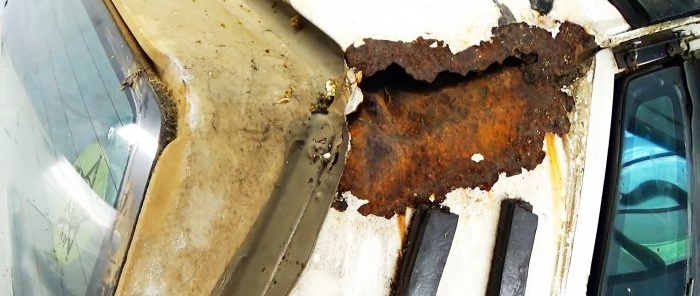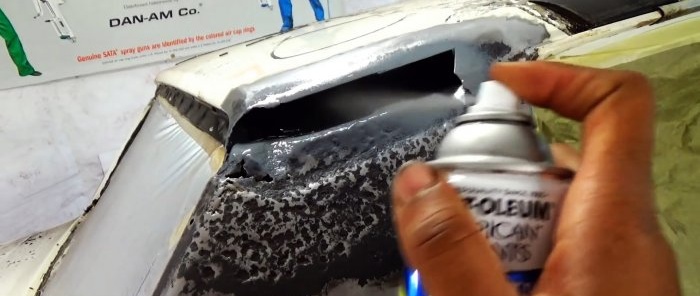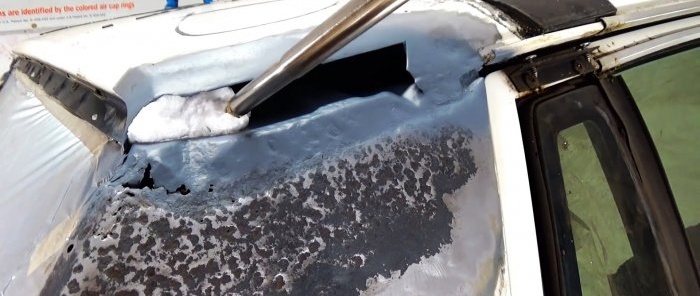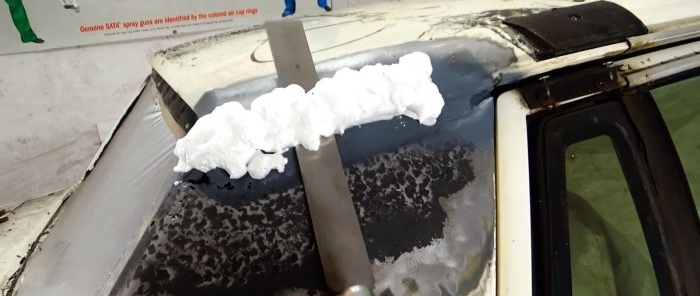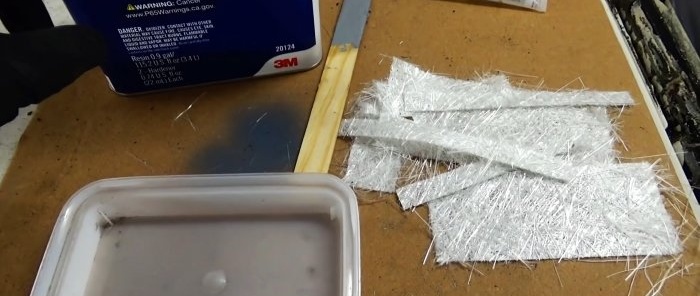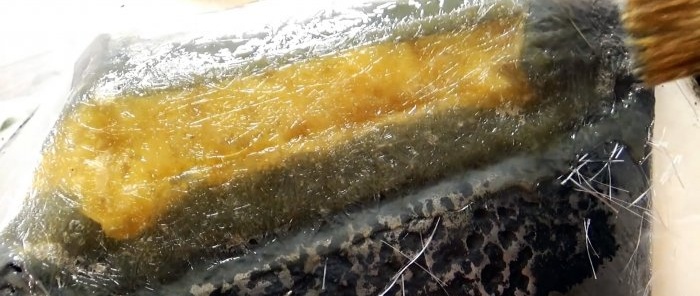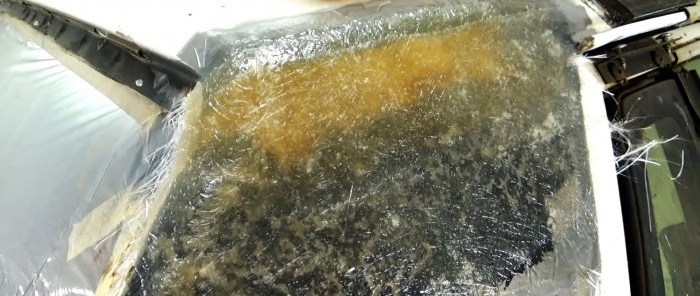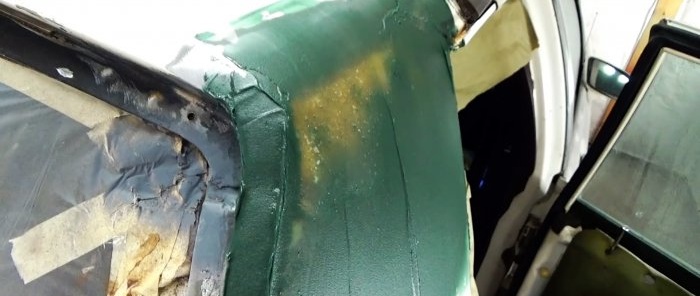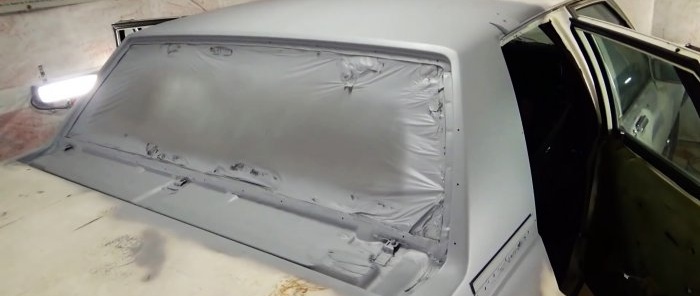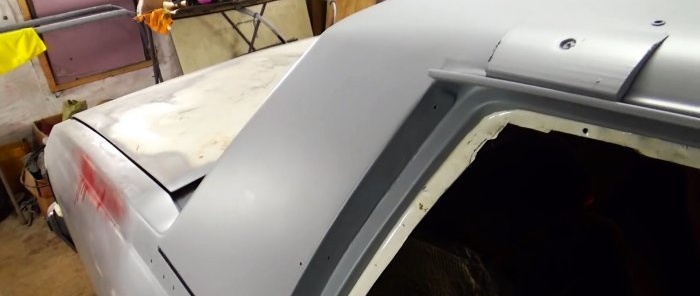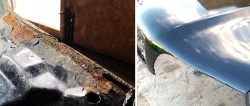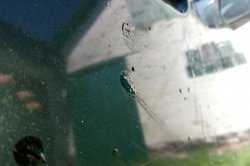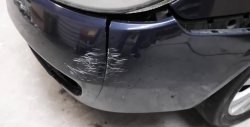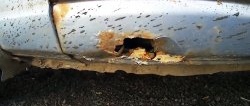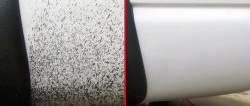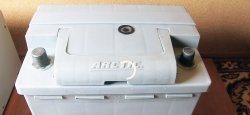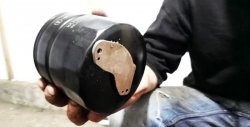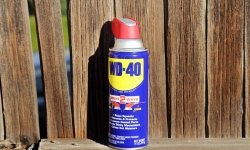Traditional repair of body through corrosion involves cutting out the damaged area and welding an insert. This type of work is performed by a bodybuilder, but his services are expensive, and it is very difficult to weld thin metal yourself. But the body can be repaired without welding, and it will still look like new.
Will need
Materials:- aerosol primer;
- fiberglass strips;
- non-deformable foam;
- fiberglass resin;
- fiberglass filler;
- ordinary putty;
- liquid primer and paint.
The process of repairing through corrosion of a car body
If the rust spot is close to the glass, it is better to remove it and cover the opening with film using tape. The work area must first be cleaned of dust and dirt, washed with at least soapy water and dried thoroughly.We clean the area of through corrosion and its surroundings with a grinder and an emery disc and finish with a drill with a wire disc.
We cut out the source of through corrosion with a reserve using a grinder with a cutting disc, and process the cutout around the perimeter with P80-grit sandpaper.
Remaining pockets of corrosion are removed using white vinegar and Scotch Brite. We complete this operation by thoroughly rinsing with clean water. Apply two layers of aerosol primer to the corrosion area with a small allowance and let it dry.
We fill the cut out corrosion area with a supply of non-deformable foam.
As soon as the foam has dried, cut off the protruding part with a knife with a thin and sharp blade flush with the surroundings.
Mix the fiberglass resin, pour it into a convenient container and apply it with a brush in several layers to the dried foam and adjacent areas. Let the resin dry.
We apply another layer of it to the dried resin and lay strips of fiberglass in two or three or more layers to level the damaged area of the body with the surrounding areas, each time impregnating them with fiberglass resin.
After the “fiberglass cake” has completely dried, trim the edges using a knife with replaceable blades.
We process the resulting surface with P80 sandpaper.
We fill the remaining defects with fiberglass filler and, after it has dried, we process it with sandpaper, giving the surface the desired shape.
We cover the area with regular putty and, after drying, give it its final shape with a set of sandpapers of decreasing grit.
Using a spray gun, we cover the area of the body being restored and the surrounding areas with a liquid primer, and then with paint, having previously covered the unprimed surfaces with paper, film, etc.
